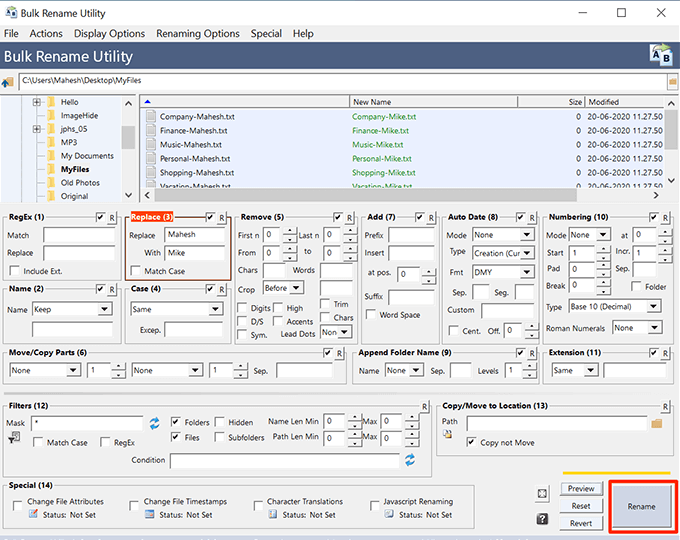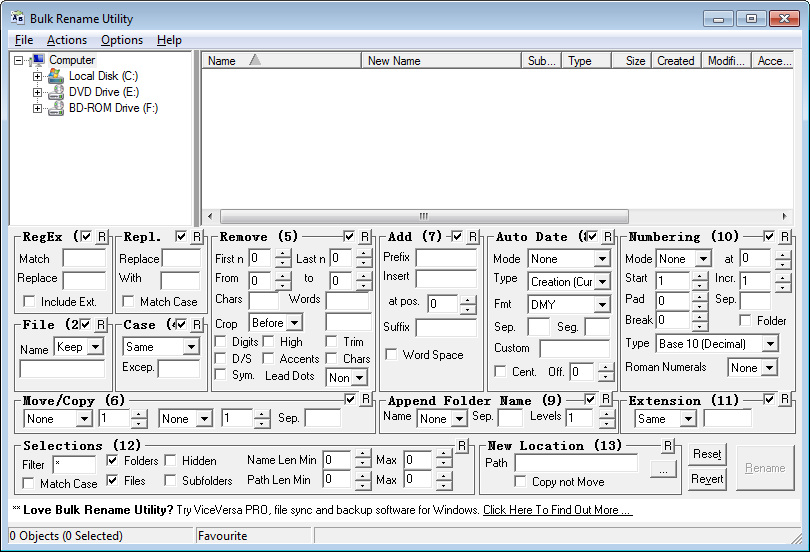


The rest of the commandlet just signifies that any space ( " " ) should be replaced by an underscore ( "_" ). The -replace switch indicates that a replacement is going to happen. The $_.name part stands in for each of the files getting piped. The dir part of that commandlet lists all the files in the folder and pipes them (that’s the | symbol) to the rename-item commandlet. From the “File” menu, point to “Open Windows PowerShell,” and then select “Open Windows Powershell.”ĭir | rename-item -NewName The quickest way to open a PowerShell window at your desired location is to first open the folder in File Explorer. Pipe the output of Dir to Rename-Item and you’re in business. Using PowerShell, you can pipe the output of one command-known as a “commandlet” in PowerShell terms-to another command, just like you can on Linux and other UNIX-like systems. The two important commands you’ll need are Dir, which lists the files in the current directory, and Rename-Item, which renames an item (a file, in this case). PowerShell offers even more flexibility for renaming files in a command-line environment.

If you’re interested, the folks over at the Lagmonster forums have an excellent writeup on the subject. RELATED: How to Write a Batch Script on WindowsĪnd this only begins to address the kinds of command line wizardy you can get into if you want to build more complicated commands-or even batch scripts-by weaving other commands and conditionals into things. html extension to use the same file name and same first three letters only of the file extension, which ends up cutting the “l” off of all the extensions in the folder. This tells Windows to rename all files with the.


 0 kommentar(er)
0 kommentar(er)
